3 years ago, NASA unveiled its next generation spacesuit which was designed to allow humans to walk on the Moon. This was certainly a notable moment, but after the unveiling everything went quiet and the spacesuits were never seen again.
As it turned out, NASA was 20 months behind schedule and millions of dollars over budget with the program, so in order to get a new spacesuit developed in time for the upcoming Artemis missions, NASA was setting up a competition and inviting other companies to design the best suit.
At the time SpaceX already had their own IVA suit, so you’d think that partnering with NASA to make an EVA suit would be the next step. Surprisingly though, SpaceX didn’t even put in a bid for this contract.
It turned out, SpaceX had already been working on an EVA suit for years and they wanted to go their own way with the development just like they did with their first suit.
So let’s discuss exactly how SpaceX mastered their spacesuit design and address some of the key breakthroughs that made it possible.
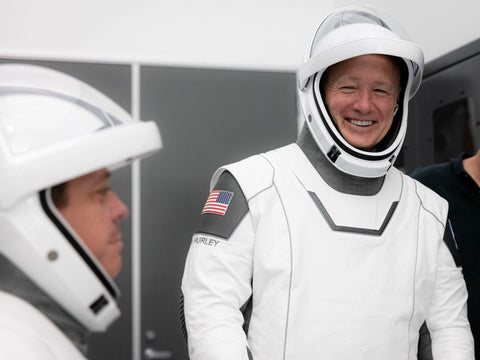
SpaceX suit history
SpaceX began developing its first spacesuit all the way back in 2015 when it hired Hollywood costume designer Jose Fernandez. After several months of designing a suit that looked as sleek as possible, it was then up to the SpaceX engineers to reverse engineer it and make it functional.
To be clear, this isn’t the type of suit that an astronaut would wear outside on a spacewalk, but primarily for keeping astronauts alive inside the spacecraft. If there was a fire or a sudden depressurization, the suit would create an airtight bubble around the astronaut to keep them alive until the spacecraft was able to deorbit.
But when you compare SpaceX’s suit to other pressure suits, it still looks much sleeker – how is this possible? To answer this, we need to look at how spacesuits are normally designed.
Spacesuits have traditionally been a one size fits all type of thing because they are very expensive to make. On the ISS the EVA suit is modular so certain parts like arms and gloves can be swapped out for different sizes, but in general, nothing is made to fit and astronauts often get bruises and injuries after completing a spacewalk.
This is where SpaceX excelled, because each suit they make is completely custom-made to fit the shape of each crew member which has the obvious benefit of creating a much tighter fit … but the benefits go much further than that.
SpaceX suit mobility
One of the biggest problems when it comes to designing a spacesuit is mobility. When the suit is pressurized, it inflates like a giant balloon, making it extremely rigid and stiff.
When an astronaut tries to bend their joint, the overall volume of the suit is reduced. Since the suit is completely sealed, the air has nowhere to go – and so bending the joint compresses the air, creating a lot of resistance for the astronaut.
Spacesuit designers over the years have come up with many different ways to tackle this problem. For larger joints like wrists and shoulders, mechanical bearings are used to allow movement without changing the volume.
Finger joint design
For smaller joints like the fingers, rubber pleats are placed all the way down the back – forcing the glove to bend in an arc (which isn’t very natural, since our fingers don’t bend like that).
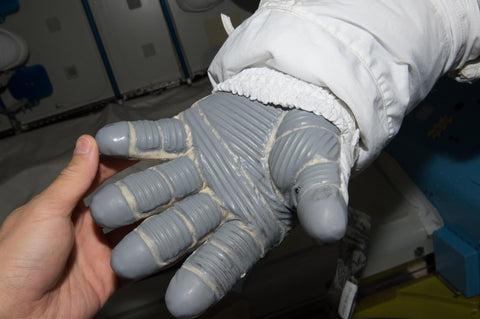
Depending on your shape, the joints in your suit may not align with the joints in your body at all, limiting your range of motion and requiring more force to bend each joint.
Since each SpaceX suit is tailor-made though, these joints can be replaced with smaller ones that line up perfectly with the joints of each astronaut.
But even with a custom made suit, bending a sealed tube full of air is very difficult. That’s why every joint on the SpaceX suit is strengthened with crisscross tensioners which help the astronaut bend the joint inwards.
Then the pressure of the suit naturally helps the astronaut extend the joint back to its initial position.
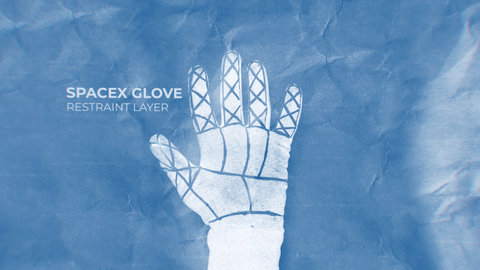
This is sort of similar to how a spider’s leg works. They only have a muscle to flex their limbs inward – and so they rely on hydraulic pressure stored inside their body to extend their limbs outward again. This is why spider legs curl up when they die, since their hydraulic system no longer functions.
Space suit air pressure
Another way to improve mobility is to simply have less air in the suit itself. The Space Shuttle suit operated at a pressure of 24 kilopascals (just a quarter of the pressure we experience here on Earth). To put that into perspective, this is the kind of pressure you would experience if you jumped out of a plane at 10,000 meters.
Lowering the pressure may help with mobility, but it puts the astronaut at risk of getting decompression sickness (this is where the lower pressure inside the suit causes nitrogen in the body to dissolve and form bubbles in the blood vessels).
Deep sea divers face the same problem when they come back up to the surface, as they quickly go from a high pressure environment to a much lower pressure environment.
This can be a potentially fatal problem and many spacesuits require the astronaut to do pre-breathing before suiting up. This involves breathing pure oxygen for several hours before wearing the spacesuit, in order to get rid of all the nitrogen in the bloodstream.
SpaceX didn’t want to complicate the process by adding in pre-breathing, and so choosing a pressure for the suit was a constant fight between safety and mobility.
SpaceX’s suit also had to meet NASA’s minimum requirements of 40 kilopascals to avoid decompression sickness (this is quite high compared to other spacesuits), so we can assume that SpaceX didn’t go much higher than that.
Air mixtures
The air we breathe on Earth is a mixture of 21% oxygen and 78% nitrogen, but since the pressure inside the suit is lower, the astronauts wouldn’t get a sufficient amount of oxygen. Some suits tackle this by making the air inside the suit pure oxygen.
The SpaceX suits use a custom air mixture with a higher percentage of oxygen that can be varied automatically by the onboard life support system. But it’s how this pressure is managed that makes SpaceX’s suit even more impressive.
Spacesuits typically have multiple valves and pipes on the outside, to control the suits pressure and temperature, but SpaceX managed to combine all of these down into just one single port with a hole for air circulation, a power and communications connector, and a port to quickly inflate the suit during an emergency.
Umbilical port design
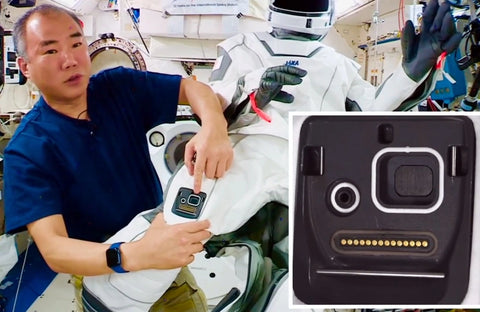
An umbilical cord connects the suit directly into the astronaut’s seat, this is where the real magic happens. Here there are a series of solenoid valves that automatically control the pressure of the incoming air. A separate valve in the spacecraft allows chilled nitrox to flow into the suits air duct, keeping the suit cool during reentry.
The pressure and temperature sensors inside the helmet feed the spacecraft with information, allowing it to automate the process. This level of automation took away the need for astronauts to manually adjust their suit pressure, allowing the designers to get rid of the bulky valves on the outside of the suit.
Not only did this make the suit much lighter than the Space Shuttle suit, but it also made it much easier to put on. On the Space Shuttle suits, the helmet, gloves and headset were all attached separately using bulky metal rings, but on the SpaceX suit, the gloves and helmet are already attached and the headset is integrated into the helmet. All of this means that an astronaut can suit up all by themselves in just a few minutes.
Resources
| The Maine Spaceport | https://www.themainespaceport.com/maine-aerospace-history-the-astronaut-glove-challenge/ |
| MIT News | https://news.mit.edu/2010/astronaut-gloves-1013 |
| Crew Dragon PDF | https://ttu-ir.tdl.org/bitstream/handle/2346/86364/ICES-2020-333.pdf |
| Teslarati | https://www.teslarati.com/spacex-polaris-first-private-spacewalk-astronaut-training/ |
| Peter Homer (former SpaceX suit engineer) | https://flagsuit.com/ |

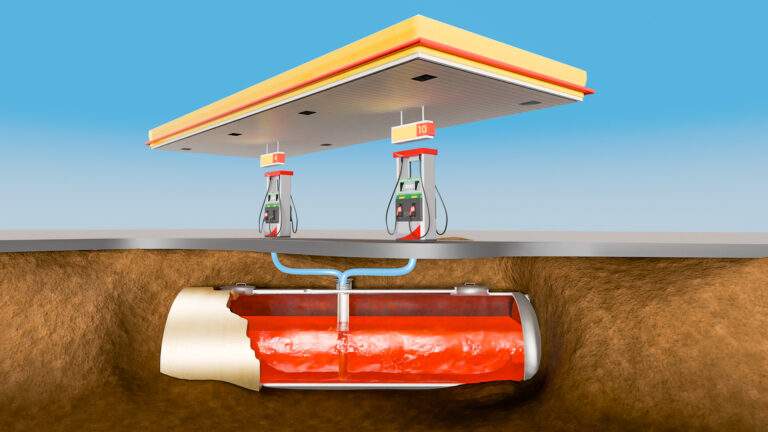
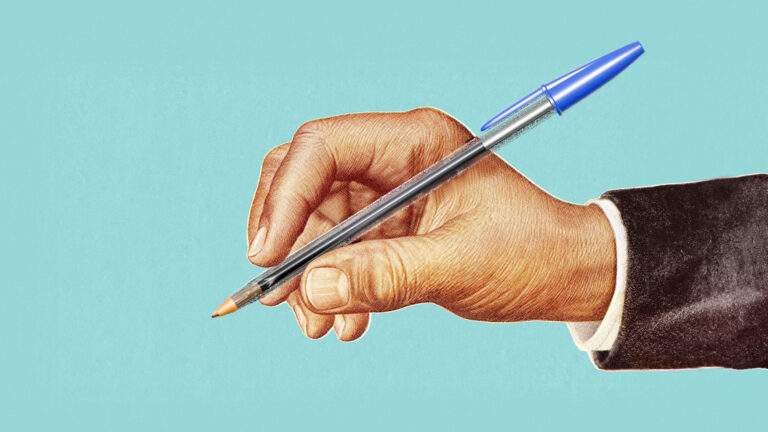
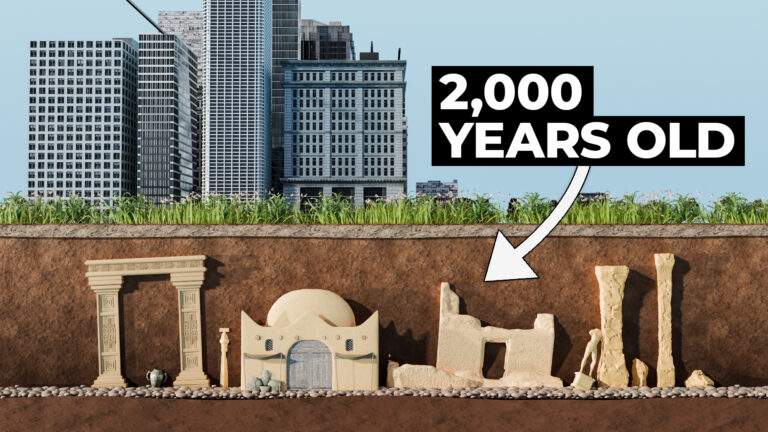
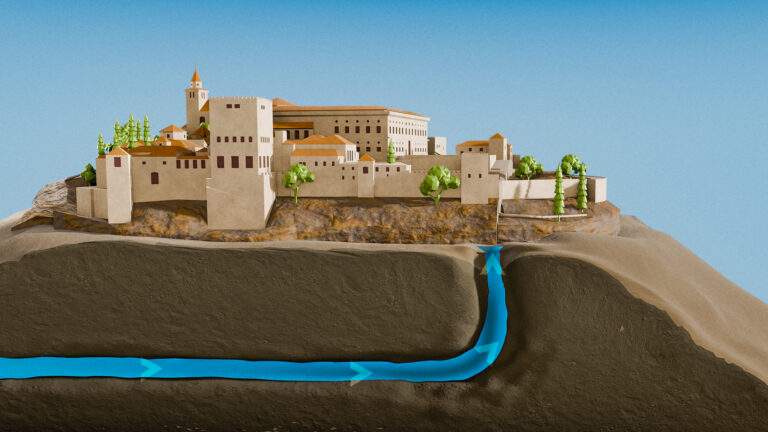

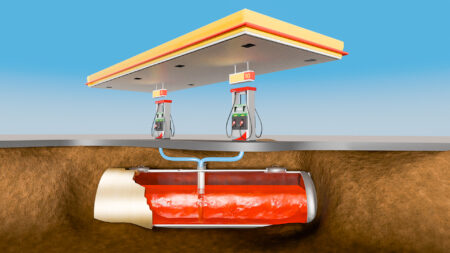

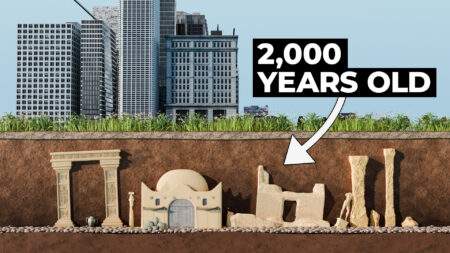
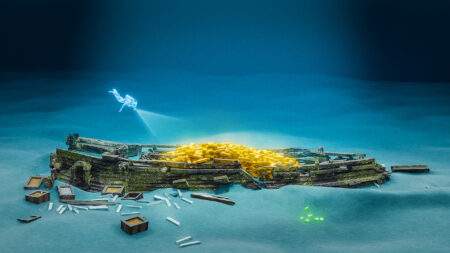


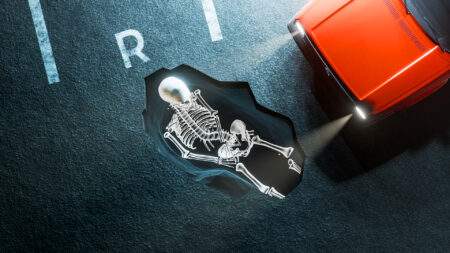
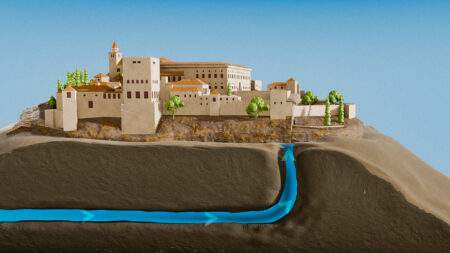
I used to think why space suits are so bulky and inflated. This information really helped. Thanks!
Your point of view caught my eye and was very interesting. Thanks. I have a question for you.
I don’t think the title of your article matches the content lol. Just kidding, mainly because I had some doubts after reading the article.